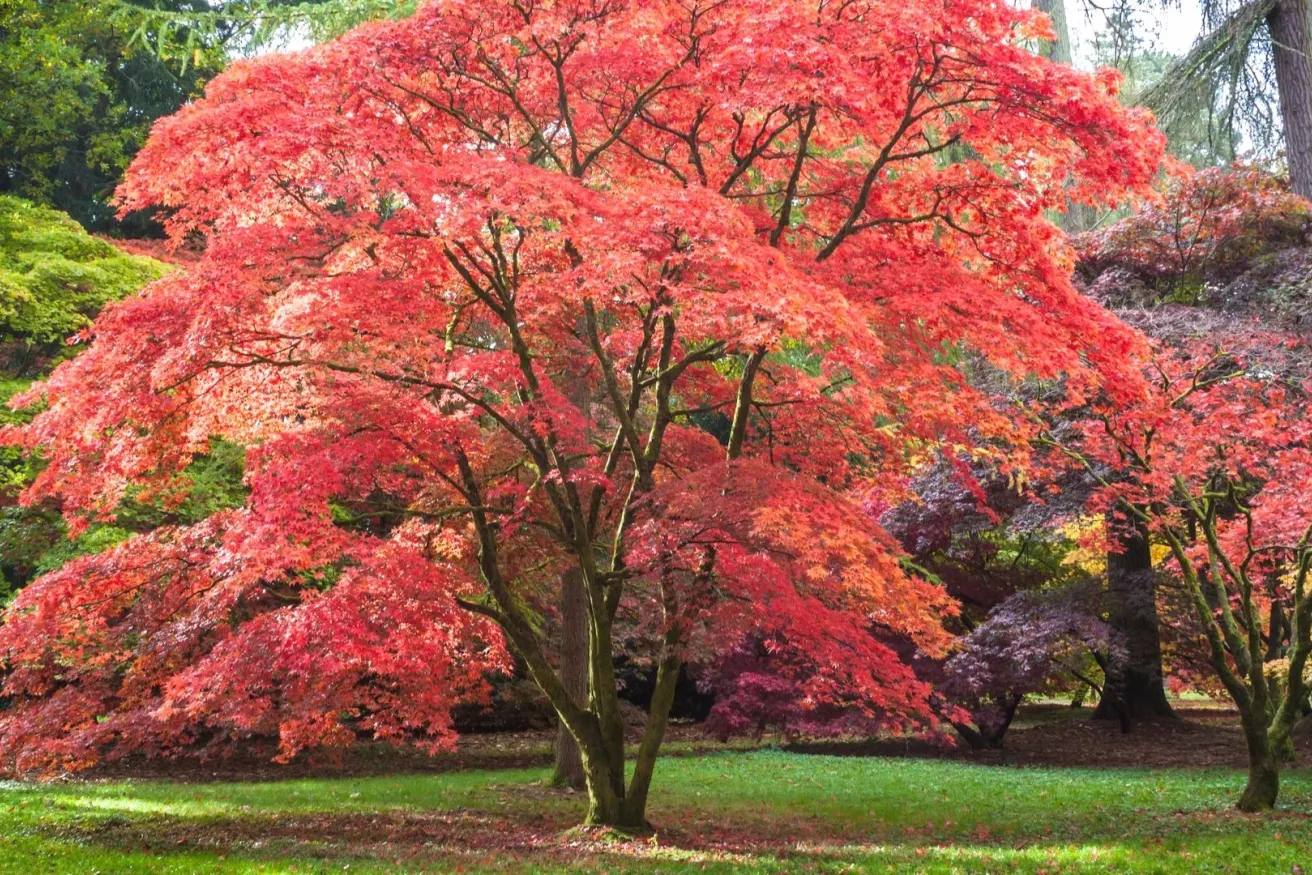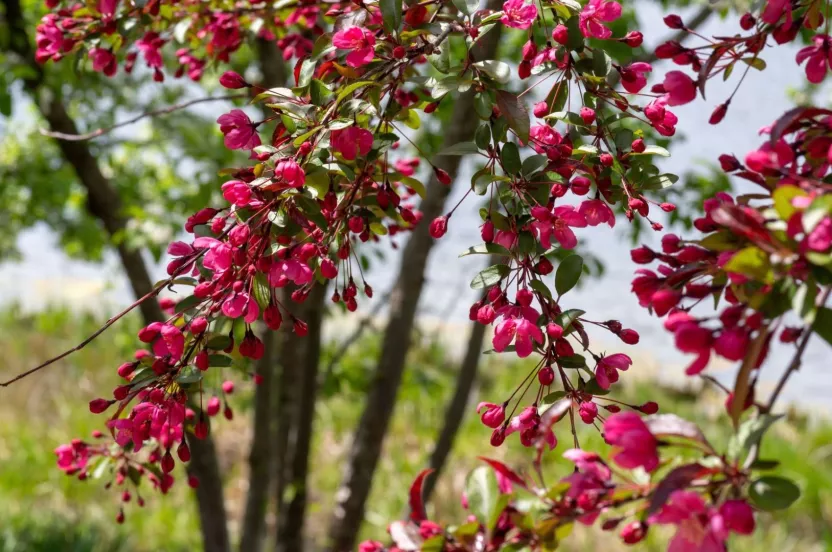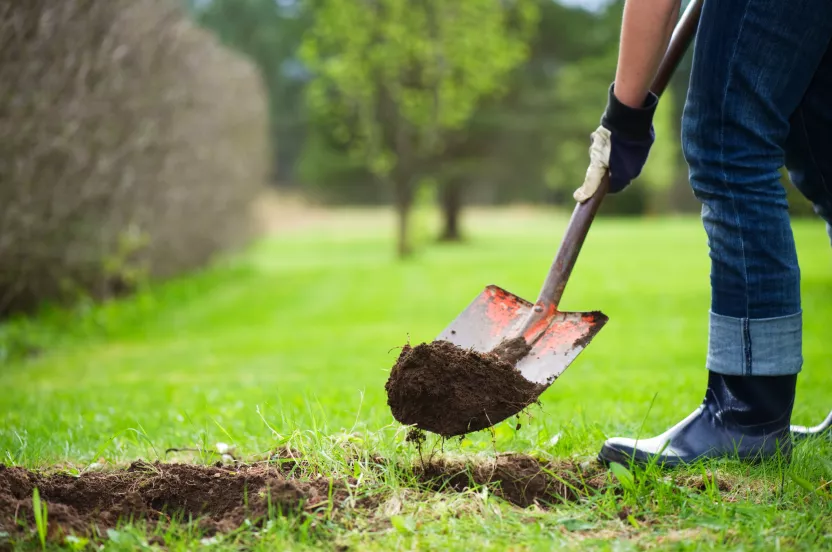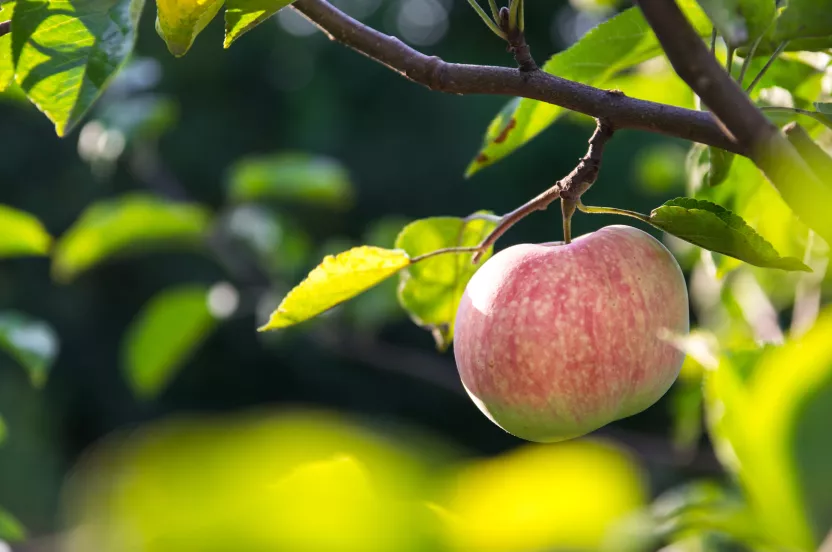Now live: The 2025 Canopy Report. Learn how Americans see trees. GET THE REPORT
When we think about shade trees, we often imagine towering giants that reach more than 40 or 50 feet high. To properly shade a two-story house, you probably need a tree that stands at least 30 feet high.
Shade is important for energy-conservation and to reduce air conditioning bills. But what if you have a single-story home with limited space? Medium to large trees just aren’t practical for your space.
For those with this dilemma, the fix is to use smaller trees— a grouping of them. Small deciduous trees (less than 25 feet high) planted closely together on the east and west sides of a single-story home can save homeowners money and provide shade. They can also be used to shade windows and air conditioners, and create a beautiful outdoor living space around patios and entryways.
I’ve planted small trees to create shade around my own single-story home in California’s hot Central Valley. In my front yard, I created a narrow, hedge-enclosed courtyard shaded with 10 ‘Natchez’ crapemyrtles lined in two parallel rows of five. Evenly spaced roughly 20 feet apart, the trunks of the crapemyrtles add an architectural element and emphasize the straight lines of the pathways.
The smooth cinnamon-brown bark adds unique beauty, and I can’t express how great the white flowers look in summer or how dramatic the orange-red leaves appear in fall. The flower litter can be messy and it’s sometimes a challenge to garden among the tree roots, but the long seasons of color and cool shade make it worth the effort.
I have also used small maples, such as Japanese and hedge maple, to shade windows along the backside of my home. With careful pruning, the green trunks of the Japanese maples also make a strong statement and look good both indoors and outdoors.
In addition to the crapemyrtles and small maples, some of my favorites include redbuds, dogwoods, deciduous magnolias and crabapples. However, there are many excellent small trees to choose from. Find the right small tree for you in the Arbor Day tree nursery.
Once you’ve made your selection, don’t forget to take steps to inspect, treat and protect your trees, especially those that are vulnerable to invasive pests. Arm yourself with the right tools and information to help combat the spread of destructive insects and diseases.
For more information on how to preserve and defend your trees click here.
Lance Walheim is the Bayer Advanced® lawn & garden expert and author of Landscaping for Dummies.




